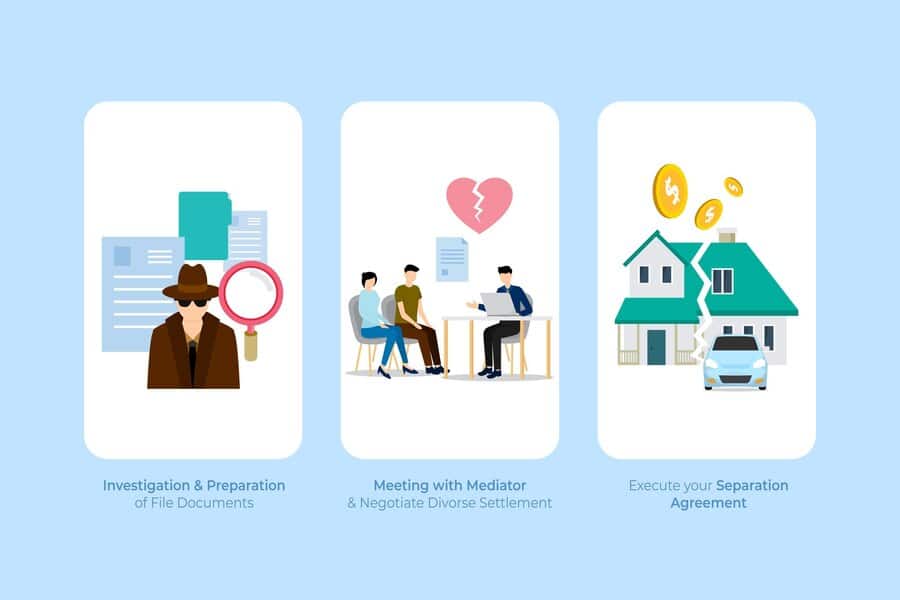Understanding excess liability coverage is essential for both individuals and businesses looking to protect themselves from significant financial losses due to unforeseen events. As the name suggests, excess liability insurance provides an additional layer of protection beyond the limits of your primary insurance policies. This article explores what excess liability coverage is, why it’s important, and how it can safeguard your financial future.
What is Excess Liability Coverage?

Excess liability coverage is a type of insurance that kicks in when the limits of your underlying primary insurance policies—such as general liability, auto liability, or homeowners insurance—have been exhausted. It covers claims that exceed these limits, providing additional financial protection against large claims or lawsuits.For example, if you have a general liability insurance policy with a limit of $1 million and are sued for $1.5 million, your excess liability policy would cover the remaining $500,000. This type of coverage is crucial for individuals and businesses that face higher risks or have significant assets to protect.
Key Features of Excess Liability Coverage
- Higher Coverage Limits: Excess liability policies typically offer substantial coverage limits, often ranging from $1 million to $10 million or more, depending on the insurer and the specific policy.
- Broad Protection: While excess liability coverage extends the limits of your primary policies, it generally covers similar claims as those outlined in the underlying policies.
- Cost-Effective: Given the high limits offered, excess liability insurance is often relatively affordable compared to the potential financial exposure it protects against.
- Peace of Mind: Having excess liability coverage can provide peace of mind, knowing that you have additional protection against catastrophic financial losses.
Why You Might Need Excess Liability Coverage
1. Increased Risk Exposure
If you own a business or engage in activities that expose you to higher liability risks—such as operating heavy machinery, owning rental properties, or hosting events—excess liability coverage can be a wise investment. It protects against lawsuits that could arise from accidents or injuries related to these activities.
2. Protecting Personal Assets
For individuals with significant personal assets, such as homes, investments, or savings, excess liability insurance can help shield these assets from potential claims. In the event of a lawsuit that exceeds your primary policy limits, excess liability coverage ensures that your personal wealth remains protected.
3. Client Requirements
Certain clients may require businesses to carry specific levels of insurance coverage before entering into contracts or agreements. In such cases, having excess liability coverage can help meet these requirements and maintain business relationships.
4. Peace of Mind
Knowing you have an extra layer of protection can alleviate concerns about potential lawsuits or claims that could jeopardize your financial stability. This peace of mind allows you to focus on your business or personal life without constant worry about unforeseen liabilities.
Conclusion
Excess liability coverage is an essential component of a comprehensive risk management strategy for both individuals and businesses. By providing additional protection beyond standard policy limits, it safeguards against significant financial losses resulting from unexpected events. Whether you’re a business owner facing increased risks or an individual looking to protect your assets, considering excess liability insurance can be a prudent decision for securing your financial future.
Frequently Asked Questions (FAQs)
What is the difference between excess liability insurance and umbrella insurance?
Excess liability insurance extends the limits of specific underlying policies, while umbrella insurance provides broader coverage that goes beyond multiple underlying policies and includes additional types of claims.
Do I need excess liability coverage if I already have homeowners or auto insurance?
If you have substantial assets or face higher risks, adding excess liability coverage can provide extra protection against large claims that exceed your primary policy limits.
How much does excess liability coverage cost?
The cost varies based on factors such as the amount of coverage needed, your risk profile, and the underlying policies it extends. Generally, it is considered affordable compared to the potential financial exposure it covers.
How do I determine how much excess liability coverage I need?
Consider your assets, income level, risk exposure from business activities or personal circumstances, and any contractual obligations requiring specific coverage levels when determining your needs.
Can I purchase excess liability coverage from a different insurer than my primary policy?
While it’s possible to obtain excess liability coverage from a different insurer, it’s often more cost-effective to purchase it from the same company that underwrites your primary policies.
What types of claims does excess liability cover?
Excess liability typically covers similar claims as those outlined in your underlying policies—such as bodily injury and property damage—but does not cover claims outside those parameters unless specified in an umbrella policy.
Is there a limit to how much excess liability coverage I can buy?
Yes! The maximum limit for excess liability coverage depends on the insurer’s offerings and underwriting guidelines; however, many insurers provide substantial limits ranging from $1 million upwards.
Can I add excess liability coverage after my primary policy has been issued?
Yes! You can usually add excess liability coverage at any time; however, it’s best to do so before any incidents occur that could lead to claims.
What happens if my claim exceeds both my primary and excess policies?
If a claim exceeds both your primary and excess policies’ limits, you may be responsible for covering any remaining costs out-of-pocket.
How do I file a claim under my excess liability policy?
To file a claim under an excess liability policy, contact your insurer directly and provide details about the incident along with any documentation related to the claim.

